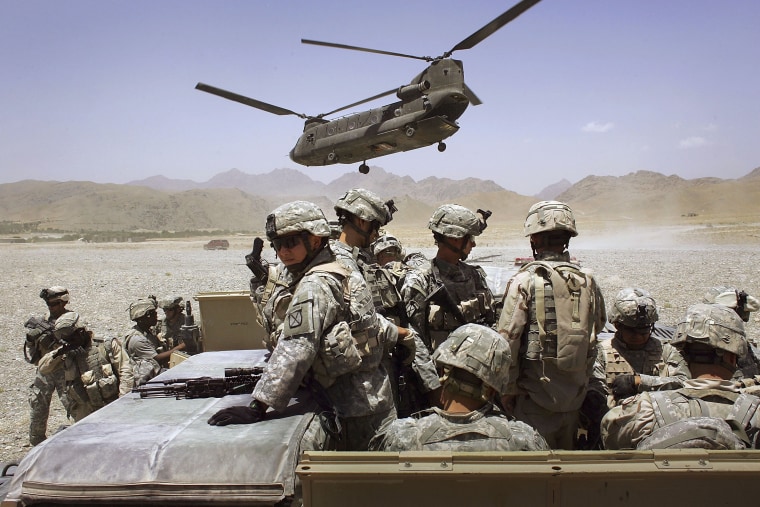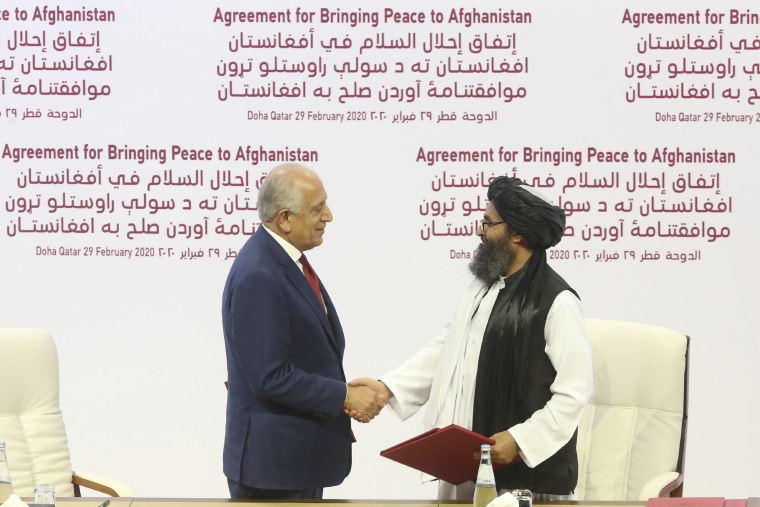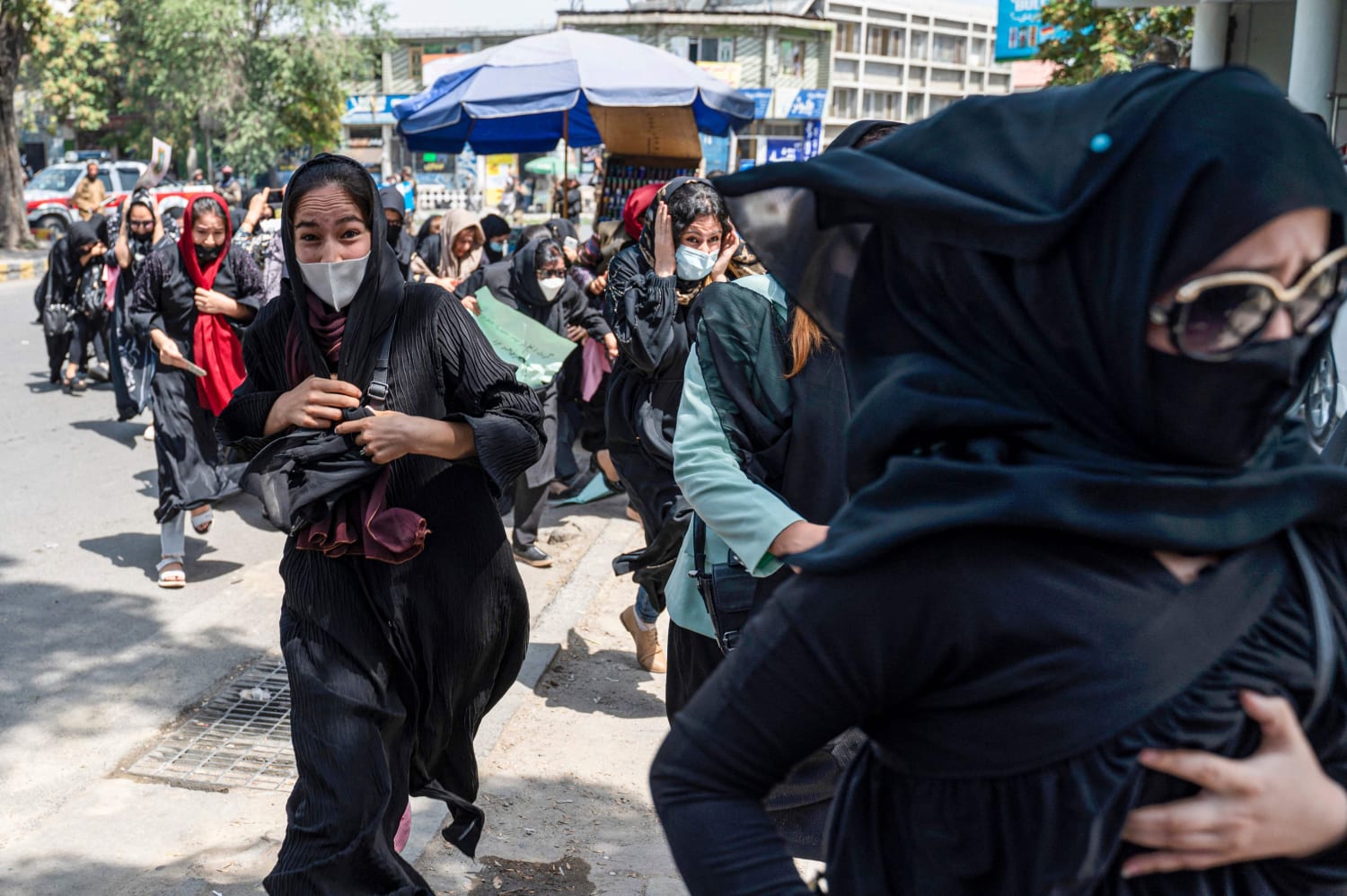In 1973, a coup deposed Afghanistan’s King Mohammad Zahir Shah. After the coup, the monarchy was abolished and the Republic of Afghanistan was formed, establishing close ties with the then-Soviet Union. Six years later, the USSR invaded Afghanistan to support the pro-Soviet government, which was facing attacks from armed groups.
The decadelong war forced millions of Afghans to flee and attracted foreign fighters, including Osama bin Laden, who joined the battle against the Soviets. In 1989, the Soviets withdrew after agreeing to a peace deal. By 1996, the Taliban rose to power.
In October 2001, the U.S. and its allies invaded Afghanistan after the Taliban refused to hand over the Al Qaeda leader and author of 9/11. By December, the Taliban had surrendered control of the country.

Following their defeat, most Taliban leaders had fled across the border into Pakistan. But within a few years, they had already regrouped and launched an insurgency against U.S. and foreign troops and the government of then-Afghan President Hamid Karzai.
The U.S.-led war on Iraq in March 2003 diverted attention and resources from the conflict in Afghanistan.
Meanwhile, the war in Afghanistan dragged on, with the West pouring billions in military and reconstruction aid into the country with the aim of establishing a functioning and peaceful democracy. But already in 2006, Taliban attacks were intensifying in the form of raids, ambushes, rocket attacks, kidnappings and assassinations.

In February 2020, then-President Donald Trump signed a peace deal with the Taliban that included the withdrawal of all foreign troops from Afghanistan by May 2021. The agreement was upheld by President Joe Biden, who extended the deadline to Aug. 31. But the withdrawal was criticized for being rushed, disorganized and chaotic.
Departing American forces abandoned millions of dollars worth of weapons, vehicles and other military equipment, which was immediately seized by the Taliban after they returned to power.
According to one Reuters report, the Taliban took control of more than 2,000 armored vehicles, including Humvees and up to 40 aircraft, including helicopters and drones.
Source: | This article originally belongs to Nbcnews.com










